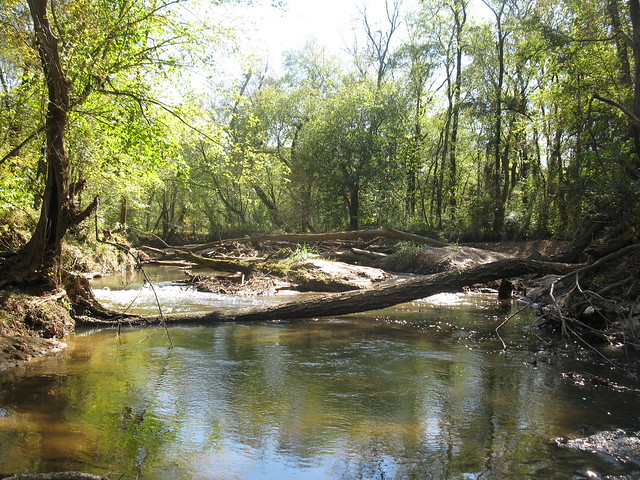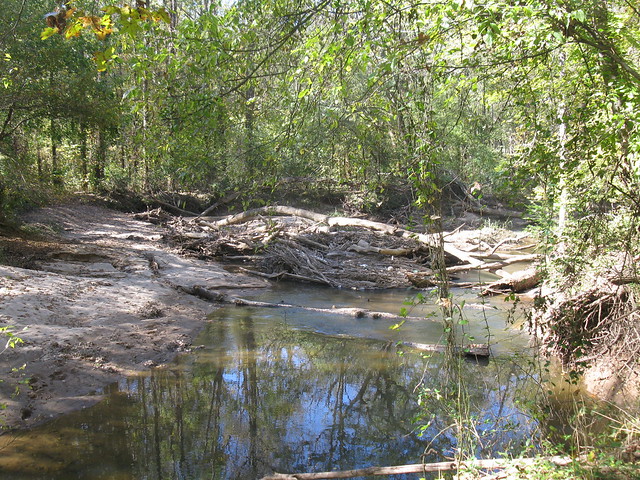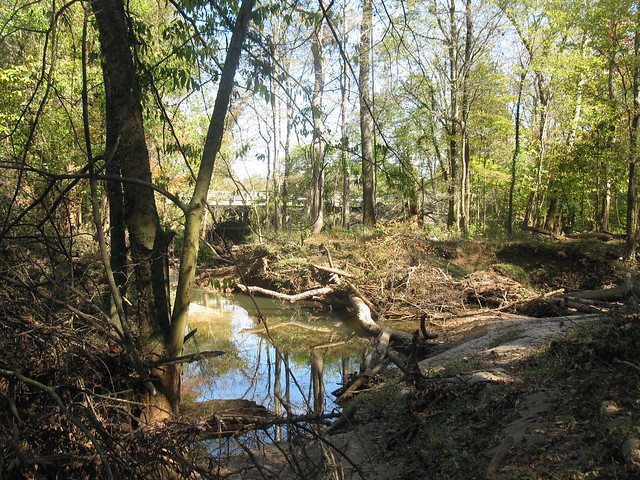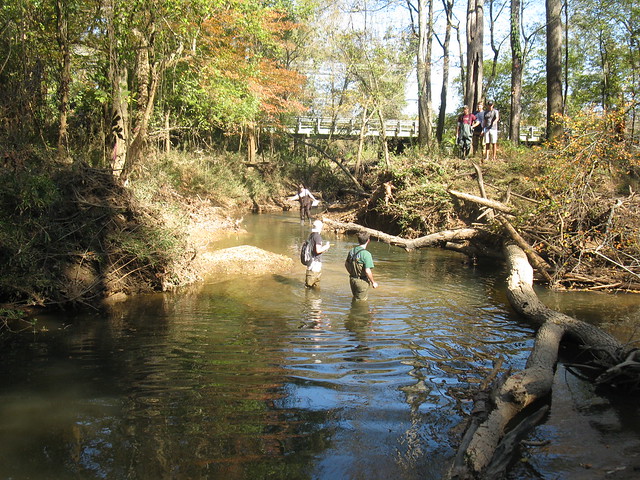![]()
![]() It’s been two weeks since I issued the initial challenge to join me in a month-ish of intense writing activity. Last week, I told you what I was doing and how it was going, and 13 brave commenters shared (and even graded) their own early progress. There’s also been sporadic use of the #sciwrite hashtag on Twitter, though I’ve noticed that there seems to be some association with declarations of suboptimal progress on writing committments.
It’s been two weeks since I issued the initial challenge to join me in a month-ish of intense writing activity. Last week, I told you what I was doing and how it was going, and 13 brave commenters shared (and even graded) their own early progress. There’s also been sporadic use of the #sciwrite hashtag on Twitter, though I’ve noticed that there seems to be some association with declarations of suboptimal progress on writing committments.
I’ve been making some of those declarations myself. I proclaimed that I’d have one part of the results section done last Monday, complete methods and results by Friday, and introduction, discussion, and figures in progress too. Well, uh, … my week of writing didn’t quite go according to plan. Instead, I spent Monday’s writing time puzzling over that same results section. I just couldn’t wrap my head around the data for one of the field sites. Nothing I read helped me explain it. I finally decided I needed to dive back into the GIS data for the site, and on Thursday I found my smoking gun. A minor georeferencing problem essentially caused a portion of my dataset to be gibberish. ARGH!!! Friday, I redid the GIS work and began the process of rewriting the section. I had 600 words in that section this time last week. Now I’m up to 772, but every single one of those words has been changed multiple times in the past seven days. They are hard fought words and simple counting does not provide an adequate measure of progress. Instead, I’m viewing it as having done my due diligence on the dataset and saved myself from going way out on a limb to try to explain something that wasn’t actually there. So much better to have discovered this now than during peer review.
Thus, tonight’s subheading is “Define progress.” By any numeric metric, my week has mostly been a wash, but in terms of the quality of my science, it’s been a big gain. Not only because the data are now right, but also because all the reading, thinking, and head-scratching that I did in trying to figure this out has advanced my thinking not only about the paper, but about the way landscapes behave. Maybe this was just the “boink” I needed.
How about you? Did your week go smoothly and according to plan? Or do you need to define progress in a new way?










Nice plan for content warnings on Mastodon and the Fediverse. Now you need a Mastodon/Fediverse button on this blog.